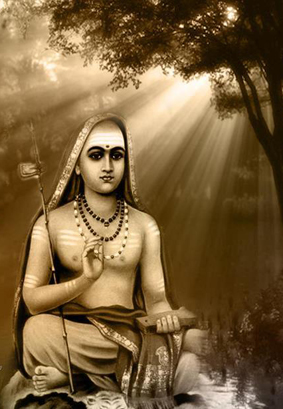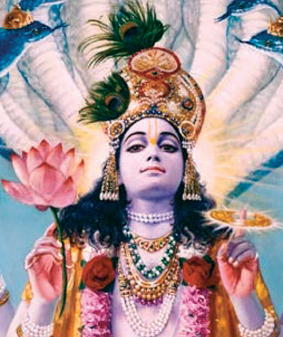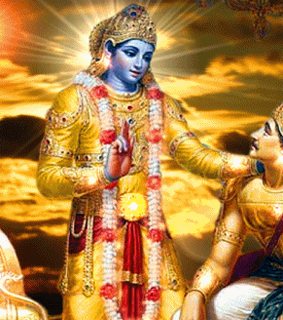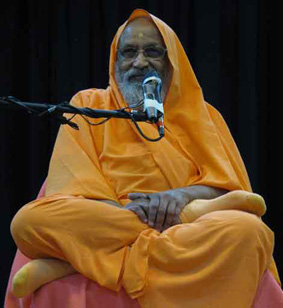1. Recognising: “I alone, the Self, the knower, am consciousness.” Consciousness is known to be the Self in one’s own mind, i.e. as the svarūpam [intrinsic nature] of the knower, distinct from the body-mind-sense complex and the external world.
Various analytical methodologies, prakrīyas, are used (in conjunction with studying with the teacher) to arrive at this step of understanding: logic and scriptural study are both employed. The prakrīyas include dṛg dṛśya prakrīya [seer-seen analysis], avastā traiya prakrīya [analysis of the three states of experience: waking, dream and sleep], pañca koṣa prakrīya [‘5-sheaths’ analysis]…
2. Understanding: “I, the consciousness behind the mind, is one and the same in all the minds, and behind everything in the universe.” (This is like understanding that H2O, the truth of the name and form ‘wave’, is the same as the truth of every wave and also the truth of the entire ocean.)
The prakrīya used to arrive at this is the pañca koṣa prakrīya [‘5-sheaths’ analysis]…
After these two stages, jīva-Īśvara aikyam [oneness of individual and Lord, the cause of the universe] is firmly established. This is arrived at by understanding that the truth of the individual is consciousness, and that this consciousness is nothing but Īśvara at the cosmic level.
3. Seeing: “I, the consciousness alone, am satyam, and everything apart from consciousness is mithyā [not non-existent, not absolutely existent, but ‘as though’ existent]” And that mithyā is ultimately nothing but consciousness itself. This creation is nothing but ‘I’, the consciousness + name and form ‘universe’.
The prakrīya used to arrive at this is the kāraṇa kārya prakrīya [cause-effect analysis]…
After this stage, jagat-Brahma aikyam [oneness of the universe and Brahman, the absolute Reality] is established, i.e. everything is resolved into the one-without-a-second Reality. Brahman alone exists.
This is the advaita vision.
 The aim of my previous blog on this topic was to clarify the term mithyā and thereby bridge the apparent gap between everyone’s perception of a diverse and ‘real’ universe and the advaita teaching that says that there is only one single non-dual Reality. Mithyā is that which cannot be dismissed as unreal nor can it be accepted as absolutely real. Due to a mistranslation of the word, many declare the mithyā universe to be an illusion and consequently act as though it can be discounted as if it was absolutely non-existent. Through the analogy of water and wave we are led to understand that, whilst still perceiving the wave, we nevertheless know that what we’re seeing is nothing but water. Similarly when looking out at the mithyā universe the wise person knows that what’s being seen is nothing but Brahman, pure existence-consciousness without limit.
The aim of my previous blog on this topic was to clarify the term mithyā and thereby bridge the apparent gap between everyone’s perception of a diverse and ‘real’ universe and the advaita teaching that says that there is only one single non-dual Reality. Mithyā is that which cannot be dismissed as unreal nor can it be accepted as absolutely real. Due to a mistranslation of the word, many declare the mithyā universe to be an illusion and consequently act as though it can be discounted as if it was absolutely non-existent. Through the analogy of water and wave we are led to understand that, whilst still perceiving the wave, we nevertheless know that what we’re seeing is nothing but water. Similarly when looking out at the mithyā universe the wise person knows that what’s being seen is nothing but Brahman, pure existence-consciousness without limit.







